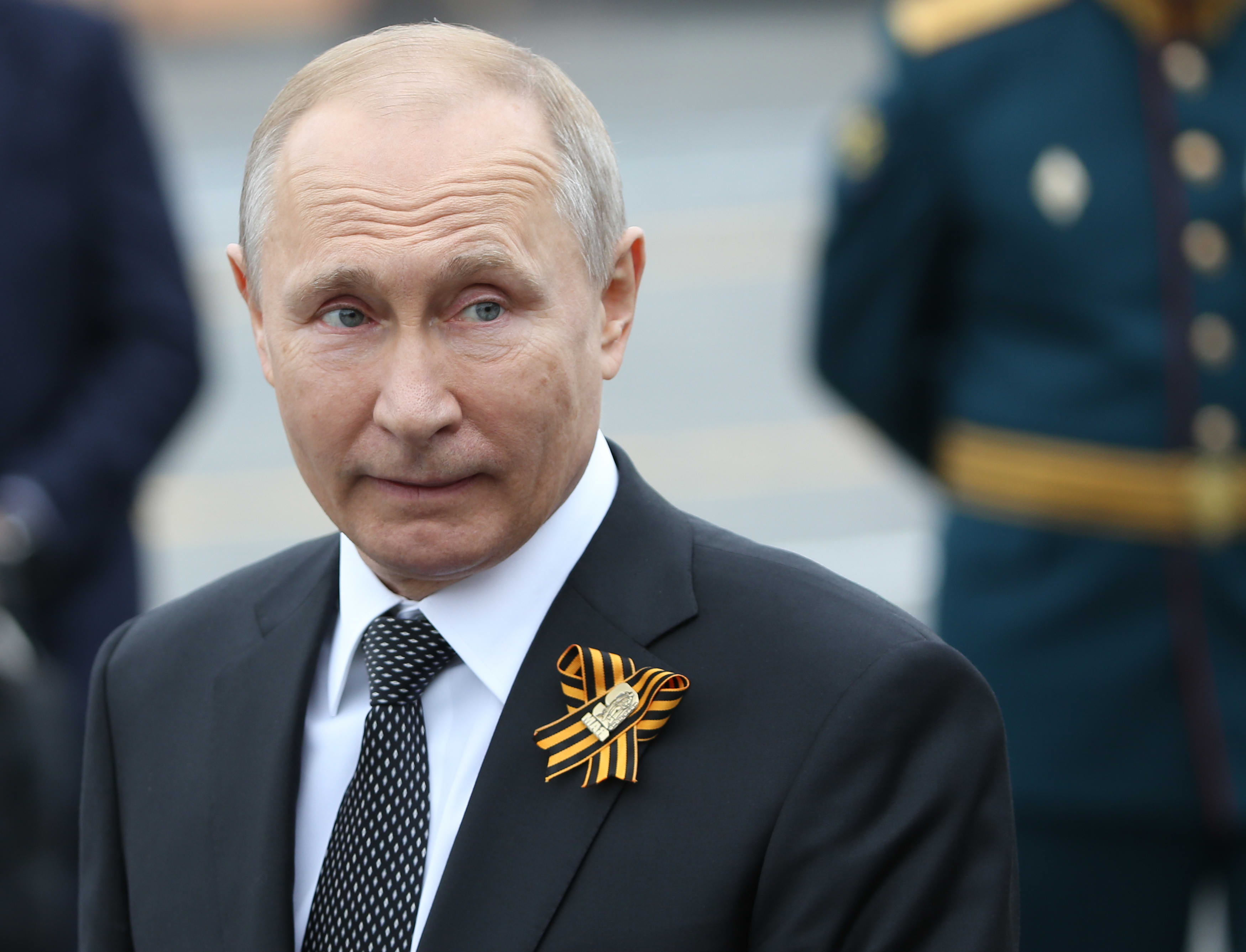
Russian President Vladimir Putin watches the Red Square Victory Day Parade, on May 9, 2019 in Moscow, Russia.
Mikhail Svetlov | Getty Images News | Getty Images
WASHINGTON — A U.S. intelligence assessment found that the mysterious explosion off of Russia's northern coast occurred during a recovery mission to salvage a nuclear-powered missile from the ocean floor, according to people with direct knowledge of the report.
The mysterious explosion on Aug. 8 killed five scientists and sparked fears that Russia had tested its new nuclear-powered Burevestnik missile, also known as Skyfall.
"This was not a new launch of the weapon, instead it was a recovery mission to salvage a lost missile from a previous test," said a person with direct knowledge of the U.S. intelligence assessment. "There was an explosion on one of the vessels involved in the recovery and that caused a reaction in the missile's nuclear core which lead to the radiation leak," said another person, who spoke to CNBC on the condition of anonymity.
The U.S. intelligence report did not mention potential health or environmental risks posed by damage to the missile's nuclear reactor.
CNBC learned last year of Moscow's similar preparations to try to recover a nuclear-powered missile lost at sea. Crews attempted to recover a missile that landed in the Barents Sea after a failed test. The operation included three vessels, one of which is equipped to handle radioactive material from the weapon's nuclear core. If the Russians were able to regain possession of the missile, U.S. intelligence analysts expected that Moscow will use the procedure as a blueprint for future recovery operations.
Read more: Russia is preparing to search for a nuclear-powered missile that was lost at sea after a failed test
Last March, Russian President Vladimir Putin unveiled a slew of hypersonic weapons, as well as Burevestnik, saying it was a nuclear-powered missile with unlimited range. However, the Kremlin has yet to perform a successful test of the weapon over multiple attempts, according to sources with direct knowledge of a U.S. intelligence report on the weapons program.
Burevestnik was tested once earlier this year and prior to that, the weapon was tested four times between November 2017 and February 2018, each resulting in a crash.
The U.S. determined that the longest test flight lasted just more than two minutes, with the missile flying 22 miles before losing control and crashing. The shortest test lasted four seconds and flew for five miles.
The tests apparently showed that the nuclear-powered heart of the cruise missile failed to initiate and, therefore, the weapon was unable to achieve the indefinite flight Putin had boasted about.
What's more, CNBC learned in March that the Kremlin will only produce a few of these weapons because the program has yet to complete a successful test and is too expensive to develop.
Reaed More
Post a Comment